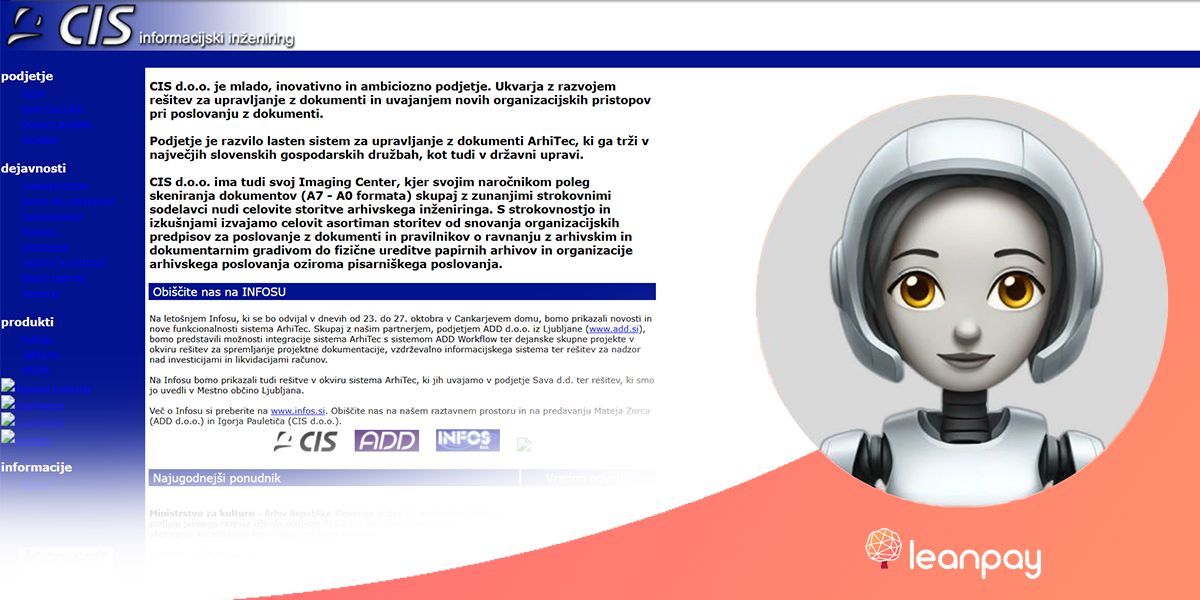What gives a recommendation authenticity, and how can we encourage recommendations?

’m never sorry about spending money on three things: golf, top cuisine, and excellent wine. People who know me already know this. Some of them even say that those are the only three things I care about in life. 😉
What do all recommendations have in common?
I often talk about my culinary experiences with people who share the same interests. The thought of these conversations got me thinking. Basically, I realized that the ultimate recommendation—an experience that I, too want to have—always sounds the same. Most of the time it sounds something like this:
“Dude, recently my wife and I went to XYZ. You have to try it! The most authentic experience ever. The boss in the kitchen, his wife in charge of service. Grandma takes care of the garden, herbs, and homemade liqueurs and schnaps. Down from the restaurant, you can watch the cattle raised for them by the breeder. On the opposite hill you see the vineyards owned by the wife’s cousin. Excellent organically produced wine and an interesting Malvasia grape brandy, which I’m sure you’ve never tried. The family grows and processes everything themselves. Except for the cheese, which their neighbor provides. Everything organic, home grown. You really have to try it. Make sure you call first. They only have eight tables for lunch and eight for dinner. It’s really great. If you two decide to go, call me. Maybe we’ll join you. It’s really worth going again.”
In thinking about recommendations my friends have shared with me for culinary experiences and wine excursions like this one, I determined two things:
- The common denominator is almost always an authentic, personal experience conjured up by the provider. The founder. The recommendation story almost always features the founder as a magnet for visitors.
- I don’t trust recommendations from just anyone. Generally I only trust recommendations from people with whom I’ve already had some joint experiences and have gotten to know what they consider good and not good. You could say that I have to feel sure that we have close to the same standards.
A company’s founder is usually a bigger brand than the company he founded and leads.
If I somehow generalize these findings from “culinary tourism” to a more general view of business development, I come to one worrying conclusion for all of us entrepreneurs and company founders. We all know that customers want to know what kind of people use our business (point 2: references), but it’s less clear that recommendations are almost always based on experiences provided by the entrepreneur personally. And it works mainly because the customer who received the recommendation wants to experience the founder/provider for himself. He himself is usually a bigger brand than the company he founded and leads.
There’s a connection between the authenticity of recommendations and the size of the provider’s business.
The problem I see here is the scalability of business activities that rely on recommendations. If I was drawn to a recommendation based on authenticity personally provided by the founder himself, then it’s very clear that he will simply no longer receive such recommendations as his business grows. That means he’s killing what has been his key engine of growth. It’s also true that once I’ve responded to the recommendation as a customer, I’ll be greatly disappointed if I don’t receive the anticipated personal touch from the founder, if he himself was the center of the recommendation.
If I somehow map it all together onto FrodX. It’s clear that a few years ago when we started up, I was personally involved in every negotiation for a new job. It’s clear that I was the key provider of each project we carried out. I was also the key individual for all the after-delivery activities with each client. FrodX was just another name for me personally. When clients recommended FrodX, they were mainly talking about their experiences with me personally. Unfortunately, even today most organic traffic is brought to the www.en.frodx.com website by the keyword “Igor Pauletič”—more than any other. But do I really still provide a personal experience to my clients?
Now we have over thirty employees. This year we’ll sell more than 40,000 hours of our services to a good hundred clients. It’s clear that I’m no longer operationally involved in any implementation team. It’s clear that most of our business with clients gets arranged without my personal involvement. And unfortunately, that means that I have significantly less contact with clients. With the growth in my business I’m slowly giving up what I know has been a key generator of FrodX’s growth so far. My authentic Istrian restaurant in its beautiful natural surroundings is slowly morphing into a chain of restaurants in big cities, which serves food based on old Istrian recipes. Because we want to delight more people with that authentic experience from long ago. It may be great for those who’ve never experienced that view of the neighboring hill while sipping excellent wine and listening to the story from the chef about why one should never trust his mother-in-law to select a digestif. At the same time, it will be a great disappointment for anyone who did partake of the original experience.
How can customers still feel the founder’s personal touch when the size of the business makes him more removed from them?
It seems to me that the person who discovers the way to combine personal experience with the founder and scalability of the business will have the cure for all growing micro, small, and medium-sized businesses. All entrepreneurs like me are dealing with the same issue. Maybe they just don’t think about it in this way.
My operative contribution to business growth at FrodX has moved from attracting new clients more toward developing new products and services. My promotional activities and reflections in the blog are more oriented toward areas that most of our clients will be dealing with three to five years from now. At this moment most of them still seem completely unusable and more or less silly to most of our clients. I’m certainly not reaching out to them here. I do offer some opportunity for contact as a speaker at various events and seminars, but there is too little of this to consider it a real experience.
So is monitoring customer satisfaction all we have left?
All that remains to me is monitoring customer satisfaction. Measuring and monitoring how we meet expectations. Being the guarantor of quality. Listening to customers’ voices and taking action. After each meeting, after each completed task, after each completed project, after a certain period to establish high-level contacts with the client. When I do this, I become a lightning rod and also “soak up” all the bad days and the influence of the moon, but at the same time this is the last contact that the founder of a growing company can have with end customers if they know he hears every complaint and praise. Almost as if I had participated in the project. Well, it’s a bit different, but it offers a feeling of authenticity, anyway.
In order for this to work, first it’s necessary to find a way to maximally simplify how customers give “feedback.” I see the solution in automating the collection of customer feedback through consistent use of a CRM system (recording each instance of contact with a customer) integrated with the InstantFeedback service.
How can the organization learn faster?
I believe that by simplifying the customer feedback process we can also capture quite a bit more feedback. But if we only focus on customer feedback and not also on capturing feedback on presumed customer satisfaction from direct contractors that have been in contact with the customer, we can only act curatively. Not only a negative customer review is a cause for alarm; the same weight should also be given to any difference between a customer review and feedback on presumed customer satisfaction provided by the employee who handled the customer. This approach means that employees learn much better how to manage customer satisfaction. Especially because this is much more frequently a part of the daily routine. I think that only with these methods and consistently carrying out this process can customer satisfaction become the kind of value that motivated the founder at the start of his entrepreneurial journey. I’d really like to find a company or two (besides us) that has tried managing customer satisfaction this way. I’d even be willing to cover the costs of the tools required for this experiment. Are you with me?


